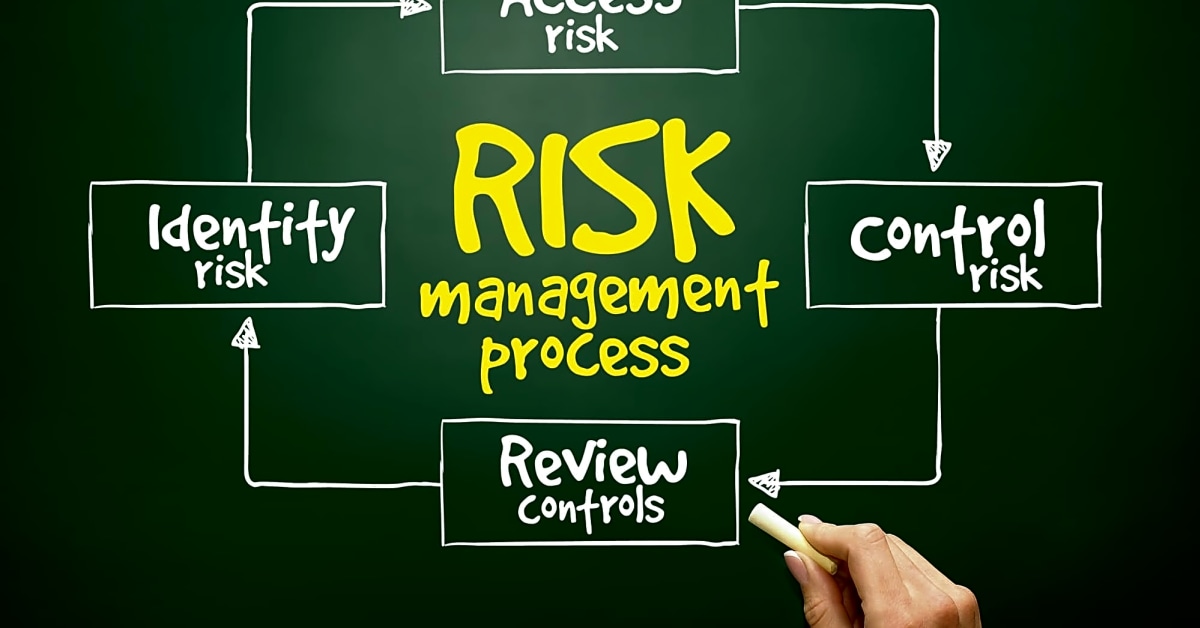In today’s fast-paced business world, risk management has become a critical component for success. With constantly evolving markets and unpredictable events, it is crucial for companies to have robust risk management strategies in place to mitigate potential threats and seize opportunities. Developing risk management strategies is not just about avoiding losses, but also about gaining a competitive advantage. By effectively managing risks, companies can differentiate themselves from their competitors and position themselves for growth. In this article, we will delve into the topic of risk management and explore how companies can develop effective strategies to stay ahead of the game. We will cover the latest trends and best practices in the field of risk management, and provide practical insights on how to implement them. Whether you are a small business or a large corporation, this article will offer valuable information on developing risk management strategies that can help your organization thrive in today’s volatile environment.
To begin, let’s define what risk management actually means. It is the process of identifying, assessing, and controlling potential risks that could have a negative impact on your business. These risks can come from various sources such as economic changes, natural disasters, cyber attacks, or even internal factors like employee errors. Developing a risk management strategy involves analyzing and prioritizing these risks and implementing measures to prevent or minimize their impact. This not only protects your business but also allows you to stay ahead of your competitors.
In today’s fast-paced and constantly changing business landscape, the importance of having a strong risk management plan cannot be overstated. It not only helps protect your business from potential threats, but it also gives you a competitive advantage over other companies in your industry. By proactively identifying and addressing risks, you are able to minimize their impact and keep your business running smoothly.
One of the key benefits of developing a risk management strategy is that it allows you to stay ahead of potential problems and take proactive measures to mitigate them. This means being prepared for any potential issues that may arise, whether it be economic downturns, natural disasters, or cybersecurity breaches. By having a plan in place, you are able to respond quickly and effectively, minimizing any damage to your business.
Another important aspect of risk management is prioritization. Not all risks are created equal and it is important to identify which ones pose the greatest threat to your business. By prioritizing risks, you can focus your resources on addressing the most critical ones first. This allows you to allocate time and resources efficiently and effectively.
In addition to protecting your business from potential threats, a solid risk management strategy can also help your company grow and thrive. By proactively managing risks, you are able to make informed decisions that can lead to new opportunities and growth. It also gives your business a competitive advantage by showing your clients and stakeholders that you are able to effectively manage potential risks.
In conclusion, having a strong risk management strategy is crucial for running a successful business. It involves identifying, assessing, and controlling potential risks to protect your business and stay ahead of your competitors. By prioritizing risks and implementing proactive measures, you are able to not only protect your business but also drive growth and gain a competitive advantage. So don’t wait, start developing your risk management strategy today!
Identify Potential Risks
The first step in developing a risk management strategy is to identify potential risks that could affect your business. This requires a thorough analysis of your industry, market trends, and internal operations. Some common types of risks include financial risks, operational risks, legal risks, and strategic risks.
Assess the Likelihood and Impact
Once you have identified potential risks, the next step is to assess their likelihood of occurring and the potential impact they could have on your business. This will help you prioritize which risks require immediate attention and which ones can be managed in the long term.
Regularly Review and Update Your Strategy
Risk management is an ongoing process and it is important to regularly review and update your strategy. This will ensure that you are prepared for any new risks that may arise and that your existing measures are still effective.
Develop a Plan of Action
Based on your risk assessment, it is important to develop a plan of action to mitigate and manage potential risks. This may include implementing new policies and procedures, investing in technology to protect against cyber attacks, or creating a crisis management plan in case of natural disasters.
In conclusion, developing a risk management strategy is essential for any business looking to gain a competitive advantage. By identifying potential risks, assessing their impact, and implementing proactive measures, you can protect your business and stay ahead of your competitors. Remember to regularly review and update your strategy to ensure its effectiveness in the ever-changing business landscape.
